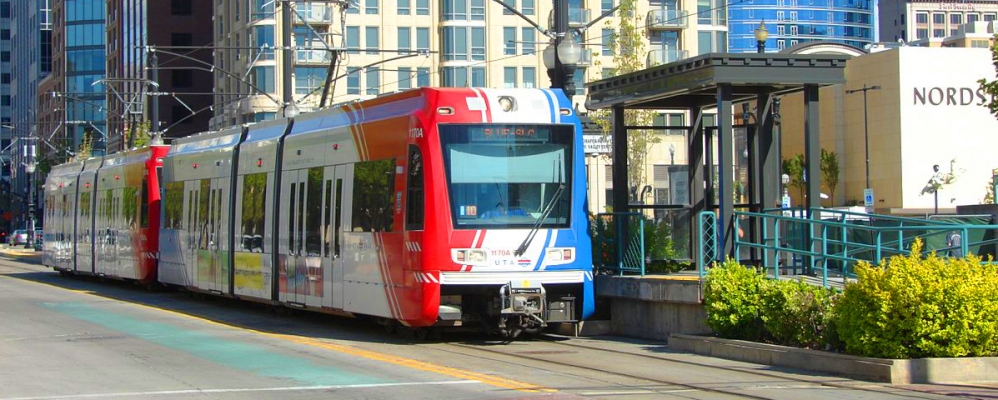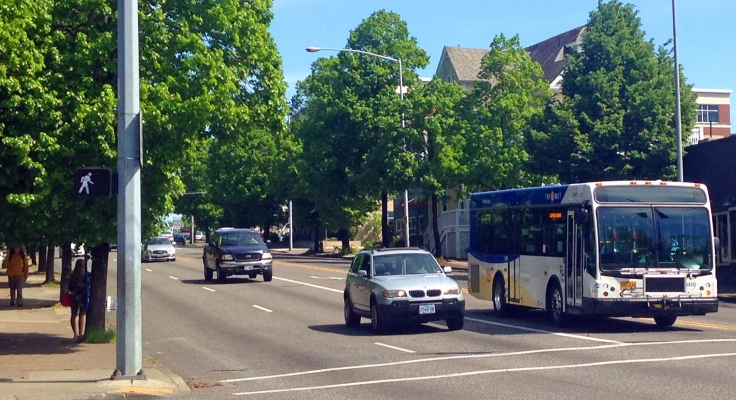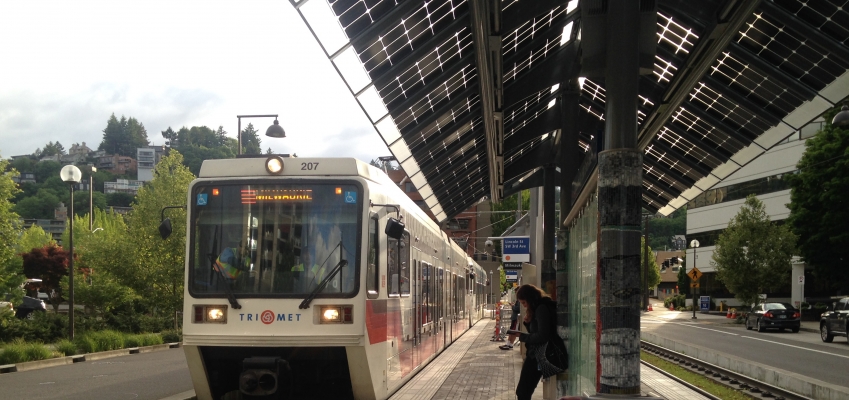As social media comes to permeate every aspect of modern life, public transit is no exception.
Transit agencies are increasingly making social media an integral part of their day-to-day management, using it to connect with riders about system alerts, live transit arrival information, service disruptions and customer feedback.
However, there is very little evidence to show how effective these efforts really are in achieving agency goals.
Measuring the Impacts of Social Media on Advancing Public Transit, a NITC project led by Jenny Liu of Portland State University, seeks to provide a better understanding of how transit agencies use social media and to develop some performance measures to assess the impacts of social media on promoting public transit.
This project aims to measure how social media actually impacts agency goals like increasing recruitment and retention of transit riders; increasing resources and customer satisfaction; addressing system performance efficiency; and improving employee productivity and morale.
A survey of 27 public transportation providers across the country found that although 94% of those surveyed agencies used some form of social media, only 28% had a social media plan or strategy prior to implementation.
Liu’s research explores the types of performance measures that could...
Read more








